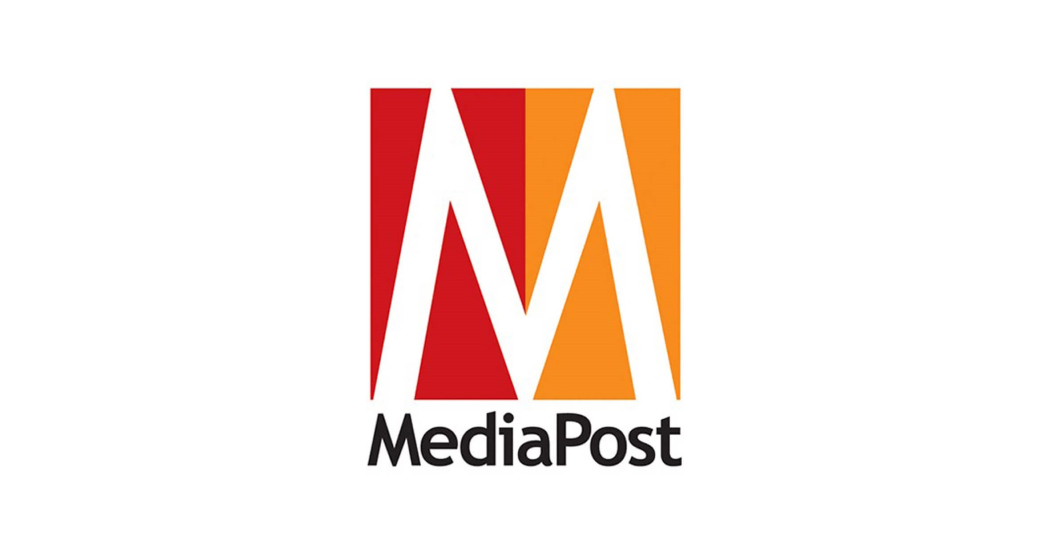In Today’s Media Marketplace, Clout Is Overstated

You know that uncomfortable feeling you get when you do your grocery shopping in bulk? At first, you’re attracted to the idea of getting a deal on that Jello pudding snack pack. But, after your kids plow through all the chocolate, you’re stuck eating 20 cups of vanilla over many, many months. And you don’t even like vanilla that much.
The same can be said for media buys.
Many large agencies win business based on promises of their clout delivering access to the lowest rate—a bulk-buying promise that’s been part of the traditional media game for decades. But that advantage has shrunk in a world where performance measurement and near-term accountability have become more important requirements to clients.
The truth is … much of that media tonnage gets foisted onto various clients with little relevance to specific audience targeting, or proof of behavioral results. Lots of vanilla in there.
What we all know to be true is that agencies don’t have rate cards. Rates for programming fluctuate wildly on a daily basis. Supply and demand in the upfront and scatter markets are obviously the first line of defense for the media sellers, but inventory commitments—and the timing of them—make up a good deal of the rest.
So it’s up to the modern media buyer to find the best ways to advantage a client on inventory commitments. It’s all about right place, right time…and of course in today’s marketplace, that has a lot to do with access to data. And perhaps more important (and the reason for working with an agency), the experience and wisdom to know what to do with data.
Here are just a few of the tools that should be used to provide ROI advantages that are way ahead of the rate game:
- Advanced targeting In today’s fragmented marketplace, addressing a specific consumer is more important than blanketing based on age and gender.
- Behavioral measurement Smart marketers are optimizing media plans based on what’s proven to drive demand and/or sales.
- Portfolio diversification Just like your 401(k), a successful media strategy will have some placements that drive immediately measurable results, some that have a more latent impact, and a lot in between.
- Real-time access to inventory Like the promise of programmatic, buying organizations who can be nimble (through technology or people) offer an efficiency advantage for their clients.
The majority of buyers can easily negotiate a schedule to hit the lowest CPMs. With no other information in front of you, it’s no different than your typical haggling over the sticker price of a new car. A well-informed media buyer has more data and insight behind the negotiation—as if they know the cost of goods and longevity of every part of the new car before the salesperson even reveals the price.
A deeper understanding of audience, marketplace and performance—and the ability to shift dollars quickly—are keys to negotiating a well optimized media plan. And that carries much more clout than the amount of media you buy.
